The second of HSJ’s Top Chief Executives roundtables asked panellists to identify the short term challenges they face in a period of reconfigurations, squeezed finances and the uncertainties posed by a general election
Many NHS organisations will see a change in their structure and functions over the next few years as they battle to cope with the myriad pressures shaping the healthcare system.
‘Let’s paint a picture of the challenges right in front of people now’
Managing this transition will be one of the big challenges the NHS’s leaders face.
How will they cope and what will help and hinder them in this task was the subject of the second of three roundtables organised by HSJ - and sponsored by Capsticks, Penna and NHS Employers - to mark the achievements of the top 50 chief executives and draw on their experience and views.

Chairing the debate, HSJ editor Alastair McLellan said he wanted to focus on the next two to three years which cover a challenging period in terms of finances and the general election.
“Let’s paint a picture of the challenges right in front of people now - in their own organisations and their health economies - that have to be dealt with over the next 24 months,” he said.
Roundtable participants
- Alastair McLellan, HSJ editor (chair)
- Tracy Bullock, chief executive of Mid Cheshire Hospitals Foundation Trust
- Tom Cahill, chief executive, Hertfordshire Partnership University Foundation Trust
- Sheena Cumiskey, chief executive, Cheshire and Wirral Partnership Foundation Trust
- Mark Hackett, chief executive, University Hospital of North Staffordshire Trust
- Mark Laffan, head of healthcare, Penna
- Sharon Lamb, partner, Capsticks
- Anthony Marsh, chief executive, West Midlands Ambulance Service Foundation Trust and also of East of England Ambulance Service Trust
- Sarah-Jane Marsh, chief executive, Birmingham Children’s Hospital Foundation Trust
- Stuart Poynor, chief executive, Staffordshire and Stoke on Trent Partnership Trust
- Dean Royles, chief executive, NHS Employers
- HSJ Top Chief Executives: Capturing the zest of the best
- Meet HSJ’s top chief executive for 2014
- Join the debate on Twitter: #HSJtopchiefs
Unintended consequences
Anthony Marsh - chief executive of the West Midlands Ambulance Service Foundation Trust and currently also chief executive of the East of England service - said his service had to cope with the reconfigurations of services around Mid Staffordshire, such as the closure of accident and emergency at night.
‘How do they lead and motivate and support people in what will be constant upheaval?’
Change like this could be done for the right reason - to benefit patients - but could have a lot of unintended consequences and impacts elsewhere such as the ambulance service having to take patients to different hospitals, some of which are already under pressure.
But in the East of England he had come into “an ambulance service in complete crisis… not just operationally”.
“Whether that will lead to any structural changes going forward, who knows? But there are opportunities for sharing management expertise, better support for staff and improving ambulance services.”
Push and pull
Capsticks partner Sharon Lamb described the push-pull dilemma for many trusts thinking about change. There was a conflict between “the need to do it quickly and urgently because otherwise services fall over” and the concern that if they started to push through changes now they could get stuck in 6-9 months’ time as an election drew close. And there could be practical issues about accessing funding to facilitate change, when resources were already tight.
Dean Royles, chief executive of NHS Employers, pointed out that the changes over the last two years had been largely around commissioning. ”It has not necessarily impacted what frontline staff do. I think the important thing now is that we are not just in a time of constant change but in perpetual upheaval.
“How do they lead and motivate and support people in what will be constant upheaval? That will affect frontline staff in a way like never before.”
‘If you sit and whinge about the uncertainty you will never do anything’
Leaders need to prepare for a decade of upheaval, he added, mentioning seven day working as a change which would affect the lives of doctors and the staff around them.
Some trusts - especially in community and mental health - have undergone massive structural changes over the last few years, with the focus of care often moving to patients’ homes or nearby. However, Tom Cahill, chief executive of Hertfordshire Partnership University Foundation Trust, said that despite all of this, issues of long term sustainability were becoming prominent.
“We are quite clear that we probably have two years,” he said. “We have been having conversations about what does integrated care look like. There’s a real change for us there.”
Sarah-Jane Marsh, chief executive of Birmingham Children’s Hospital Foundation Trust, added: “We are having to get much better at being able to change much more quickly. If we look at the way we have transformed organisations in the last four to five years we have to double or treble that going forward.”
Expectations mismatch
Part of the challenge was working in a number of different partnerships which could involve a mismatch of expectations over the pace of change, for example. Specialist services across the region and nationally also needed to work more closely together.
“It is not necessarily about organisations merging, it is about clinical teams merging.” For her trust it could mean partnerships with 20 different organisations.
Stuart Poynor’s organisation - Staffordshire and Stoke on Trent Partnership Trust - has already gone through significant organisational change, taking on 1,100 social care staff. “It takes a long time to get it right and we have not got it right yet,” he said.
Collaboration to work in a different way was important - in the future that could mean working through a prime contractor model in some cases. But he warned: “It is a challenge to deliver transformational change at a time of uncertainty.”
‘We need to increase the pace of change and deepen the clinical input’
Mark Hackett - chief executive of the University Hospitals of North Staffordshire Foundation Trust - had a more optimistic view: “For me the issue is getting a clear sense of vision and strategy and going for it. If you sit and whinge about the uncertainty you will never do anything. It is understanding where we want to be in the marketplace and going for it.”
His trust was taking over part of one of the poorest in the country, Mid Staffordshire, he said. “We have to change the service model against public resistance and reduce the deficit. We need to increase the pace of change and deepen the clinical input. How do we make ourselves more productive, not just inside hospitals but across the system?”
Commercially minded staff
Financially, they needed to repatriate some specialist and tertiary work, become more partnership oriented and more innovative. Staff at all levels would need to become more commercially oriented and to take calculated risks.
His near neighbour Tracy Bullock, from Mid Cheshire Hospitals Foundation Trust, said her hospital had made physical changes to drive efficiency and patient experience but this might not be enough. “We are a small [district general hospital], we are not sustainable…. two years down the line we know what the future looks like if we bury our heads in the sand and do nothing.”
‘There is an assumption that all of the organisations around the table will come out happy and well. I’m not sure that is the case’
They were working with the University Hospital of North Staffordshire around sustainability for services which were currently at risk and had made joint appointments in cardiology, vascular and interventional radiology,
and were working on cancer pathways.
But the local health economy as a whole was not sustainable and could not afford the hospitals it had - they would be smaller in the future and more patients would need to be treated out of hospital.
Sheena Cumiskey, of Cheshire and Wirral Partnership Foundation Trust, put the issue into the broader perspective of creating sustainable public services going forward. Working with other services and doing things differently with communities would help build this. “That is very interesting and challenging and is very much long term structural change,” she said.
The wrong question
For CWP, this would involve partnership to deliver services in a very outcomes based way, and a major challenge would be around the workforce who might have to work differently.
Mark Laffan, head of healthcare at Penna, said the company was working in one of the 11 challenged health economies. “Part of the challenge I am seeing is that there still seems to be an assumption that all of the organisations around the table will win in some way - they all come out happy and well. I’m not sure that is the case.”
He asked whether the NHS had the right sort of leaders for this: it tended to promote people who were good at running things but might not have the experience of leading partnerships. He added that the NHS had seen massive change several times in the last decade but were still talking about change, whereas in the private sector change was seen as ongoing and everyday.
“The NHS still culturally sees change as something it arrives at, works through, stops and starts again.”
‘The financial train is barrelling down the track. It is going to hit you in a couple of years’ time’
Mr McLellan asked: “Who is making the decisions in this change? Is it something driven by commissioners, is it made by providers; what about NHS England and the regulators?” he asked. The main actors seemed less clear than in the past.
But Mr Hackett suggested he might be asking the wrong question. “The answer is nobody and then we get into learned helplessness.”
Successful organisations need to overcome this - as he felt his and Ms Bullock’s were doing. Ms Bullock added: “I know that we will lose some clinical services going forward that will change what we look like.” The trusts had taken these decisions but kept the local area teams and clinical commissioning groups informed.
Leadership void
Mr Poynor felt there was a void in the system leadership. “We have 13 different commissioners in our system. Experience suggests that we do have to be brave and do things. We would never have carried out our integration if we had waited for a national model.”
But he also added that there was a question over whether provider led solutions would necessarily always be the right thing for local people.
How long would it take CCGs to become strong, robust and experienced enough to take the lead in their health economies and bring about the commissioner led system which had been envisaged, asked Mr McLellan?
Mr Poynor felt it was starting to happen but there was a challenge around the size of CCGs, which might undermine their credibility if they were seen as an interim solution. Mr Cahill said: “Providers have stepped up to it and started to do the transformation they need.”
‘Everyone is trying to make their own savings but the system has to make the savings, not the individual organisations’
But locally he found that commissioners “have started to flex their muscles. Commissioners are starting to use their system power to say they want this as a model.
“The future is not going to be about four to five independent organisations doing what they want. Everyone cannot win.”
Mr Royles said the impact of the Francis report should not be underestimated as a driver of change, alongside regulation.
Mr McLellan raised the issue of money: was the cash there to help bring about change? “The financial train is barrelling down the track. It is going to hit you in a couple of years’ time. We have to spend some money to make the change.”
Reducing demand
Ms Bullock said in her area a new provider board had been given some money by commissioners to support integrated teams to reduce demand.
Once demand reduced, costs could start to be taken out of some of the organisations.
“That plays into allowing us to downsize, to be more productive and free up facilities for something else,” she said.
Mr Cahill added: “My worry is that we are going to hit the cliff. Everyone is trying to make their own savings but the system has to make the savings, not the individual organisations.”
And there was agreement that there were some organisations waiting for the financial problems to get so bad they had to be rescued. Mr Hackett pointed to the variation in the levels of cost improvement plans across different organisations.
‘From a ministerial point of view there is still a tendency to just kick the system harder - and to be seen to be kicking it’
“We have patchy performance. We have management teams which are not commercial, not innovative and are not brave. There is a lot of waste and inefficiency.”
Some areas were so skewed to emergency care they would never recover and would need subsidies, he added.
But Ms Marsh highlighted how the financial situation was being driven by workforce. “We need an honest conversation about what services can be delivered further down the skill bands. We don’t seem to be willing to do that and look at what some of our staff are doing for the salary they are paid.”
Mr McLellan said if the NHS had 4 per cent extra funding in real terms in the first year of the next parliament how should - or should not - it be spent?
Doing things differently
There were several calls for money to be spent on diverting people away from the health service and reducing demand.
Ms Cumiskey stressed the importance of not just running faster but actually doing things differently. The NHS needed to avoid doing more of the same.
But were we in a world where, coming up to a general election, it was possible to have a mature conversation about the kind of changes the panel had talked about, asked Mr McLellan?
‘I don’t think there has been a group in the public sector that has been more pilloried and undermined than NHS managers’
Mr Laffan suggested there was a view outside the system that the problem was around mismanagement. “From a ministerial point of view there is still a tendency to just kick the system harder - and to be seen to be kicking it,” he said.
Ms Marsh said there was pressure around operational issues such as 18 weeks with “supportive phone calls”.
Mr Royles added: “I don’t think there has been a group in the public sector that has been more pilloried and undermined than NHS managers. Yet they continue to deliver.”
Disincentive to change
One of the key differences between the parties may be that Labour will adopt a preferred provider approach for NHS organisations. There were mixed feelings among the panel, with concerns that it could lead to a disincentive to change.
Ms Marsh suggested there was an element of unfairness in how competition was targeted on certain clinical areas and there would be a major outcry if it were directed at others such as children’s neurosurgery.
‘How staff work will play a major part in determining an organisation’s future sustainability’
What staff an organisation employs and how they work will also play a major part in determining its future sustainability. But Mr Cahill pointed to some of the challenges in working differently. For example, he had invested in assistant nursing roles but the Care Quality Commission did not “count” these staff members and this affected its judgement on the organisation.
Mr Poynor spoke of the need to support staff who were being asked to stop doing things they might have done for 10-15 years. “I don’t think we have got the change capacity right in our organisation and we are working on it,” he said.
Topics
- BIRMINGHAM CHILDREN'S HOSPITAL NHS TRUST
- CHESHIRE AND WIRRAL PARTNERSHIP NHS FOUNDATION TRUST
- East Of England Ambulance Service NHS Trust
- Finance
- Hertfordshire Partnership University NHS Foundation Trust
- Leadership
- MID CHESHIRE HOSPITALS NHS FOUNDATION TRUST
- NHS Employers
- Policy
- Reconfiguration
- Staffordshire and Stoke-on-Trent Partnership NHS Trust
- UNIVERSITY HOSPITALS OF NORTH MIDLANDS NHS TRUST
- West Midlands Ambulance Service University NHS Foundation Trust




















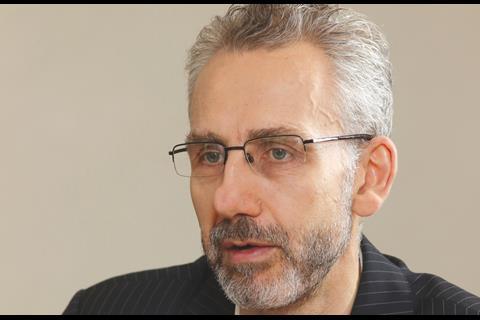
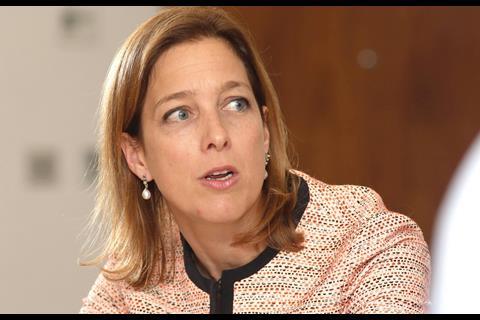
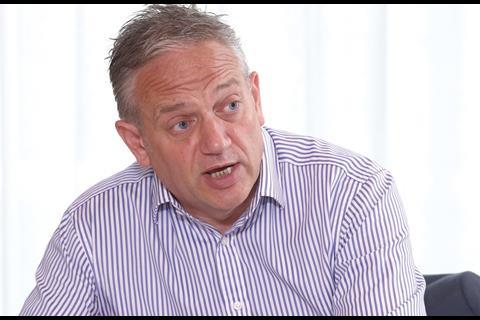


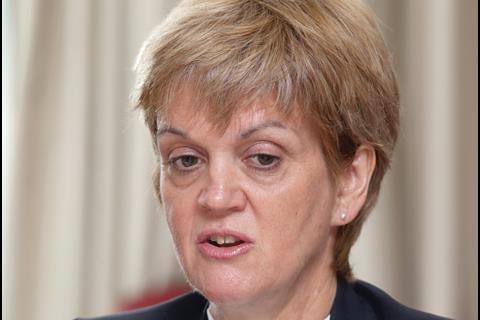
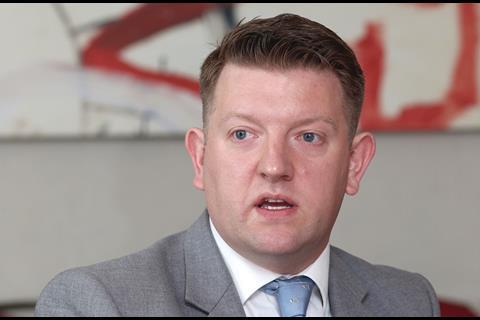
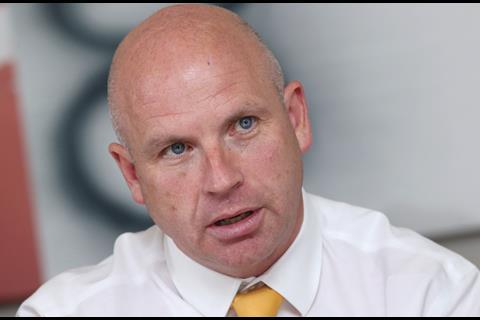
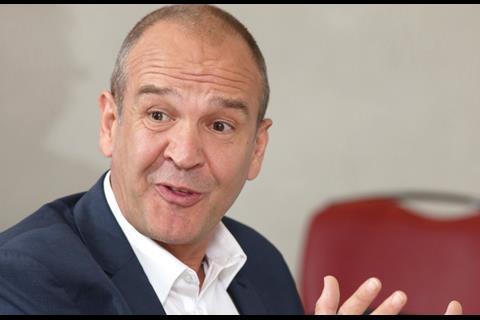
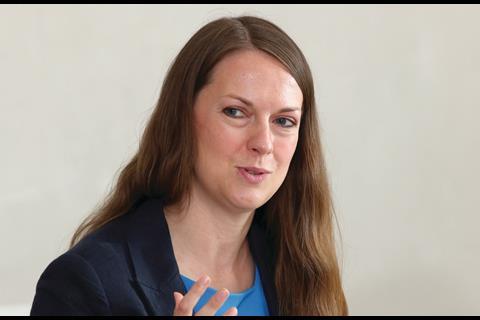
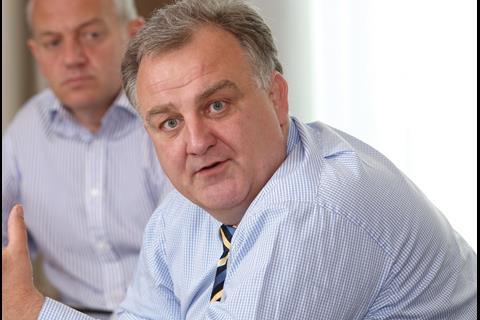







No comments yet